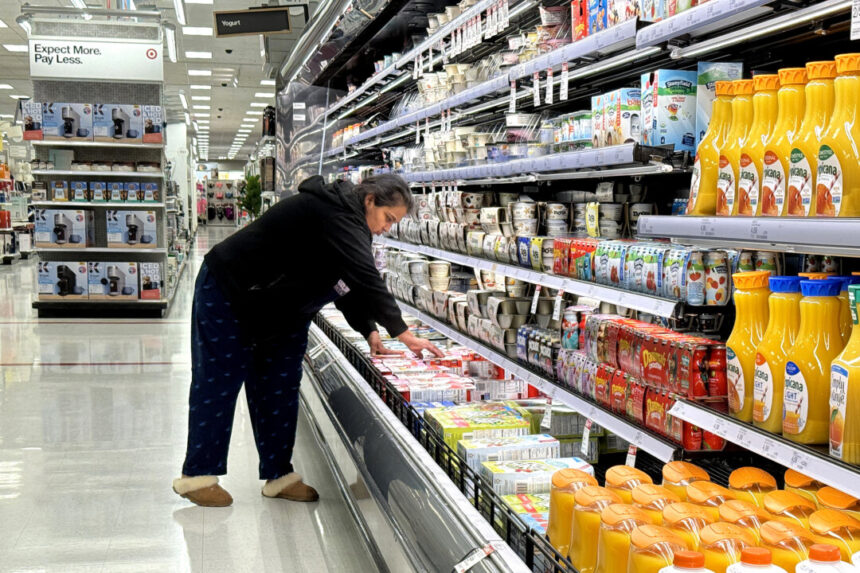Shelter and gasoline prices contributed to inflation pressures in April, easing the annual inflation rate for the first time since January, according to the Bureau of Labor Statistics.
In April, the consumer price index slowed to 3.4 percent from 3.5 percent in March, in line with market estimates. The CPI rose 0.3 percent monthly, down from 0.4 percent in the previous month and below the consensus forecast of 0.4 percent.
Core inflation, which excludes volatile energy and food components, also eased to 3.6 percent from 3.8 percent, matching economists’ expectations. On a monthly basis, the core CPI increased by 0.3 percent, down from 0.4 percent and in line with market projections.
Energy and shelter costs were the primary contributors to the monthly inflation increase, with the energy index rising by 1.1 percent and gasoline climbing by 2.8 percent.
Gasoline prices are up 18 percent year-to-date, with the national average for a gallon of gasoline at $3.61, as reported by the American Automobile Association (AAA).
Shelter costs rose by 0.4 percent from March to April and are up 5.5 percent compared to the same time last year.
The food index remained unchanged, with food prices decreasing by 0.2 percent and food away from home category increasing by 0.3 percent.
New vehicles decreased by 0.4 percent, used cars and trucks declined by 1.4 percent, apparel surged by 1.2 percent, and medical care commodities picked up by 0.4 percent.
Services inflation remained flat at 5.3 percent, with transportation services increasing by 0.9 percent and medical care services inching 0.4 percent higher.
The latest CPI figures come as wholesale prices rose by 0.5 percent last month, affecting long-term inflation trends.
Looking ahead, the Cleveland Fed’s Inflation Nowcasting model anticipates a 3.5 percent reading for next month’s CPI report.
Fed policy expectations have fluctuated, with investors considering one or two quarter-point rate cuts this year, according to the CME FedWatch Tool.
Central bank officials have indicated that rates could remain higher for longer due to renewed inflationary pressures, with Fed Chairman Jerome Powell reiterating that the next policy decision will not be a rate hike.
The next Federal Open Market Committee (FOMC) meeting is scheduled for June 11 and 12.
Please rewrite the following sentence:
“The company’s profits have increased by 20% this quarter.”
Rewritten sentence: “This quarter, the company has seen a 20% increase in profits.”
Source link





